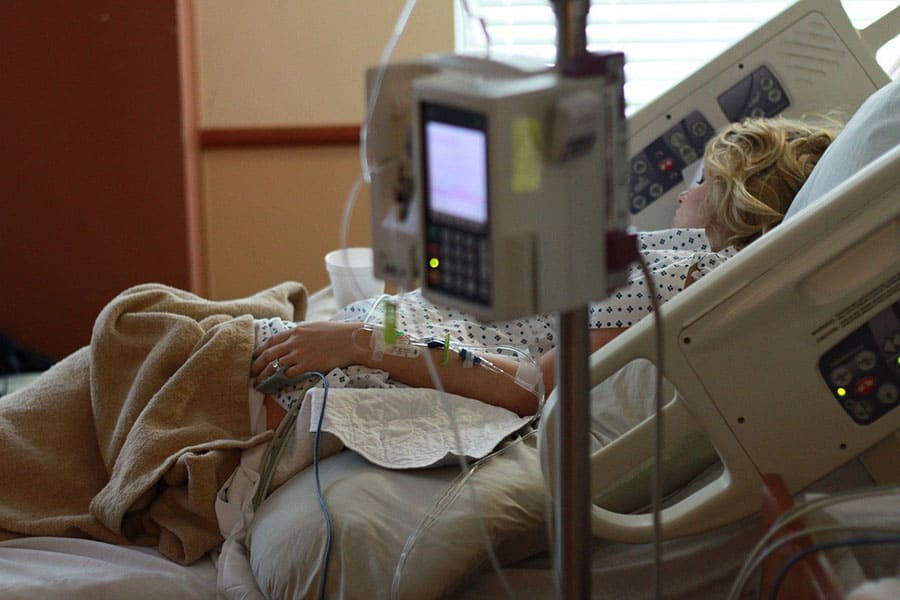HSE calls on public to consider all care options as hospital and community services face “very high demand”

The Health Service Executive (HSE) is asking for the public to consider all of their care options before heading to an emergency department, as it says that hospitals nationwide are seeing record attendance levels.
It says a range of factors are leading to a “very high demand” on both hospital and community services, including the impact of winter and high numbers of people attending emergency departments (EDs).
Anne O’Connor, Chief Operations Officer for Health Service Executive, commented: “Anyone who suspects they may be facing an emergency situation should of course come to the Emergency Department and they will be seen and treated. However, we would ask those who may be in a non-urgent situation to consider other care options, particularly during this time of unprecedented pressure”.
Last week, the service said it saw almost 28,000 people attend EDs, with nearly 7,000 people admitted to hospital from the 3-10 February 2022 (an increase of 23.8 percent on the same week in 2021). Last week, HSE also saw an average of 333 people on trolleys each day, a 203 percent increase on the same week last year.
Additionally, a high proportion of those admitted are over the age of 75. This has resulted in longer stays in hospital for people who have complex care needs and oftentimes require considerable community supports on discharge, HSE adds.
In a statement on 10 February 2022, the service said: “While our hospitals continue to operate a dual system to reduce the impact of possible Covid-19 outbreaks, with Covid and non-Covid pathways in place, we are seeing record numbers of people move through our services for treatment.
“Covid-19 is continuing to have an impact on services, as we continue to manage and care for patients with Covid-19, with 595 patients in acute settings this morning.
“Currently, there are 601 COVID-19 reported outbreaks across all community settings, with 51% of all nursing homes in outbreak, with 50 confirmed outbreaks in the last 7 days. This is having a significant impact on the number of people awaiting discharge in an acute hospital.
“We also continue to have a high number of people awaiting carers to support them to remain at home and/or delayed discharge.”
In line with the HSE Winter Plan, a number of measures are being taken to manage this period of high demand in order to de-escalate and assist with patient flow.
This includes increased acute and community bed capacity, continuing to use private hospitals and other private diagnostic facilities to support access for patients, continuing with increased referrals of children for Disability Assessment of Need, and continuing to deliver as much home care as possible.
Despite increasing service activity and capacity, HSE warns that EDs continue to be “extremely busy”. The service says that patients may experience long waiting times in EDs across the Republic of Ireland.
Now, HSE is asking members of the public to consider all care options before attending hospital EDs, as acute and community services face a period of “unprecedented” pressure.
There are a range of care pathways available to patients who do not need emergency care, the service details, including pharmacists, GP, GP out of hours services, and minor injury units.
Within EDs, patients will be prioritised based on their clinical need, the service reinforces.

